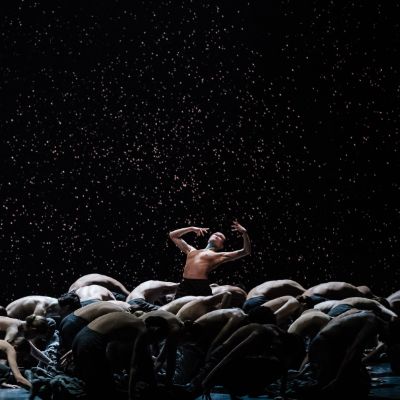| Year of birth | 1935 |
| Nationality | Estonia |
| Period | Contemporary |
Estonian composer whose distinctively slow-moving, tonally luminous textures, suggestive of deep spiritual calm – unofficially known as ‘holy minimalism’– made him, for a while during the 2010s, the most performed composer in the world.
Born and raised in northern Estonia (part of the Soviet Union from 1940 until 1991), Pärt studied at the Tallinn Conservatory and emerged in the early 1960s as a prominent figure among the Soviet avant-garde, experimenting with 12-tone serialism and stylistic collage in works such as Nekrolog (1960) and the Second Symphony (1966). Credo (1968) for piano, chorus and orchestra was a culmination of these approaches, but was banned by the authorities for using a religious text, and a period of almost total creative silence followed during which Pärt reconsidered his artistic direction.
He re-emerged in 1976 with a new voice, created out of his studies of the early European polyphony of composers such as Machaut, Ockeghem and Josquin, and his conversion from Lutheranism to the Orthodox Christian faith. Well-known works from this time such as Für Alina, Fratres, Cantus in memoriam Benjamin Britten, Spiegel im Spiegel and Tabula Rasa (all instrumental) revealed a highly personal style that was both approachable and simple, using the most basic musical building blocks – three-note major and minor chords (or triads), stark long-note melodies and silence – to forge a spare but exquisite sound-world which, in his words, was ‘simultaneously static and in flux’, yet managed to conjure an atmosphere of great profundity and expressive power. Pärt dubbed his new style ‘tintinnabuli’, because, he said, ‘the three notes of a triad are like bells’.
A continuing uncomfortable relationship with the Soviet authorities led Pärt to settle in Berlin at the start of the 1980s, only returning to his native land following independence in 1991. But the move had brought new opportunities. Sacred choral music began to dominate his output – a reflection, no doubt, of the numerous commissions that were now coming in from all parts of the world, but also perhaps of the way words shape his compositional processes, allowing him to devise a unique starting-point for each piece while continuing to find new ways of exploring the same basic tintinnabular principles. Notable works from the last five decades include Stabat mater (1985), Magnificat (1989), Miserere (1992), Te Deum (1992), Passio (1998), and his Fourth Symphony (2008). A popular smaller piece is the haunting setting of Burns’s My heart’s in the highlands (2000) for countertenor and organ, a perfect example of Pärt’s meticulous craftsmanship and immaculate ear for relationships between sounds.
Profile © Lindsay Kemp 2025



